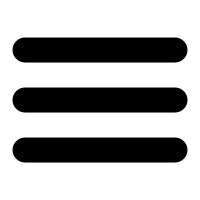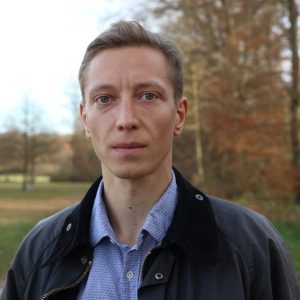
Florian Goldmann
The artistic research project investigates the utilization of models as means of representing, communicating, commemorating, as well as predicting catastrophic events. The analysis will deal with physical miniature models as well as with digital visualizations and animations.
The term catastrophe refers to a sudden overturn of the status quo resulting in an unmanageable amount of damage and destruction. The term model can be applied to a wide variety of things used as tools for description. It derives from the Latin modulus, the diminutive of modus, meaning “measure.” Analogy and idealization, reduction and simplification enable the model to depict and mediate complex facts. A model can thus give measure to an otherwise immeasurable catastrophic event implying that excess can be circumscribed, localized, and made tangible.
Models of catastrophes are reconstructions of the past, exemplifications of the present as well as predictions of the future. While predictive depictions are always based on reconstructions of past events, all catastrophe models imply a before and an after the catastrophic event. Furthermore, they have a decisively spatial quality, giving catastrophe a place.
Looking at different examples, I intend to examine how the process of ‘giving measure’ is navigated in the models’ forms of representation. In order to do so, context-bound design decisions as well as specific codes are taken into account. Methodically, I will focus on observing those who work with these models professionally, documenting their practice. Ultimately, a multimedia format will be developed that takes up the multiple meanings of the term ‘catastrophe model’ and brings them together by putting selected case studies into dialog with each other.
Research focus
Risk indices, mediality and connection between natural and financial disasters.
Florian Goldmann studied graphic art with an emphasis on sculpture and new media in Edinburgh, Athens and Berlin. In 2012 he graduated from his studies at the University of the Arts with the publication “Flexible Signposts to Coded Territories” (AKV Berlin/2012), a consideration of the possibility of using football fan graffiti in Athens as a fluid control system.
Publications
“Risk as Immaterial Raw Material”. In: Technosphere magazine, Haus der Kulturen der Welt (HKW).
Lectures
“Earth Literacy. Globen kalkulierter Katastrophe” im Rahmen von „Nach der ikonischen Wende. Aktualität und Geschichte eines Paradigmas“, Abschlusstagung des Graduiertenkollegs Sichtbarkeit und Sichtbarmachung. Hybride Formen des Bildwissens, 13. bis 15. September 2017, Zürcher Hochschule der Künste.
Exhibitions
2018: Containerscape Neon Foundation, Athen, Griechenland.
2017: Wayfarer Gruppenausstellung Koreanisches Kulturzentrum, Berlin.
2017: Green Room (mit STRATAGRIDS), PiK – Projektraum im KunstWerk, Köln.
2016/17: Width Gap Infinitude (mit STRATAGRIDS), Minibar, Stockholm, Schweden.
2016: Staging Distance (mit STRATAGRIDS), Zeiss-Großplanetarium, Berlin.
2016: Micro City Lab, Indie Art Hall Gong, Seoul, Südkorea.






